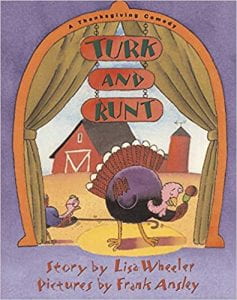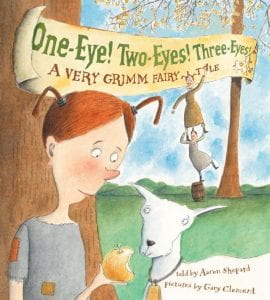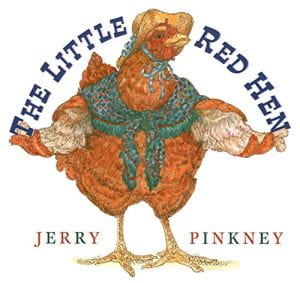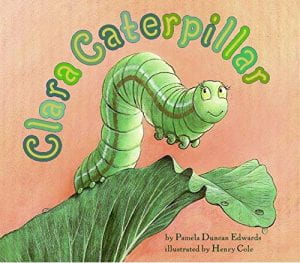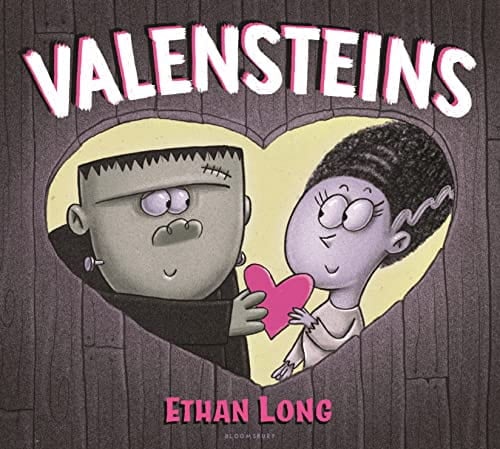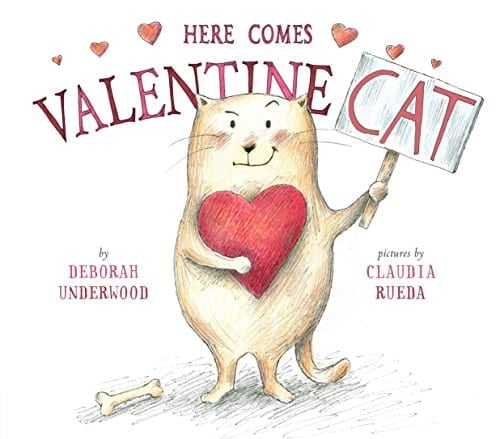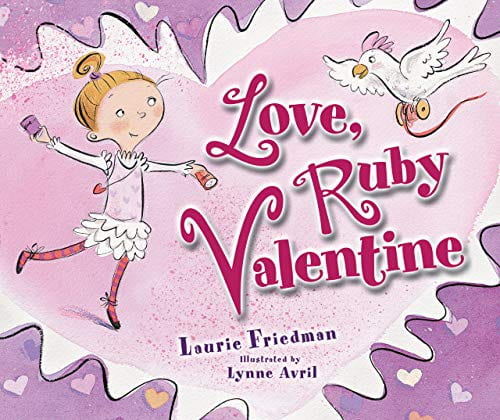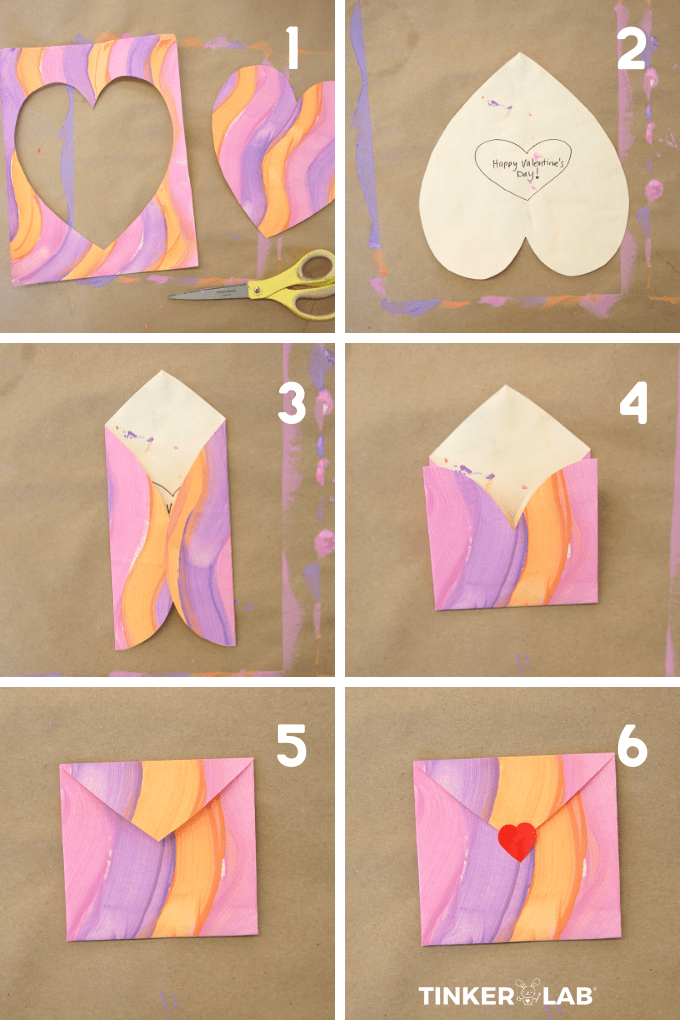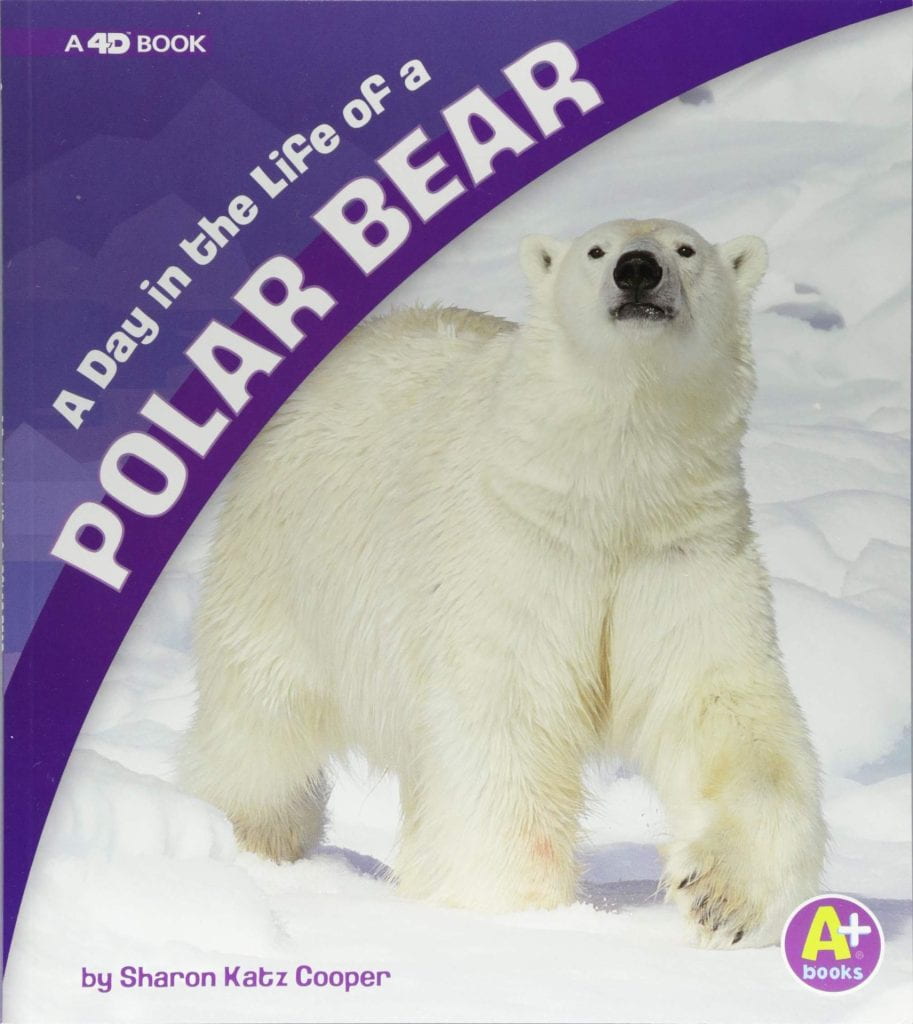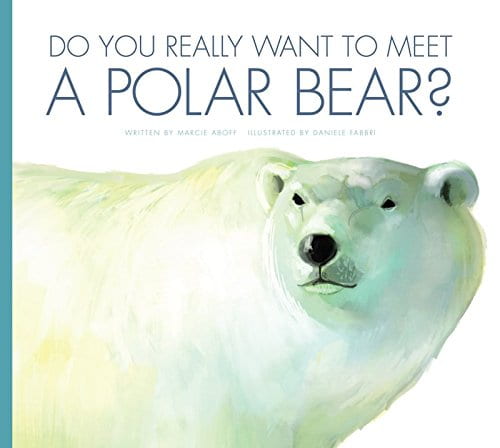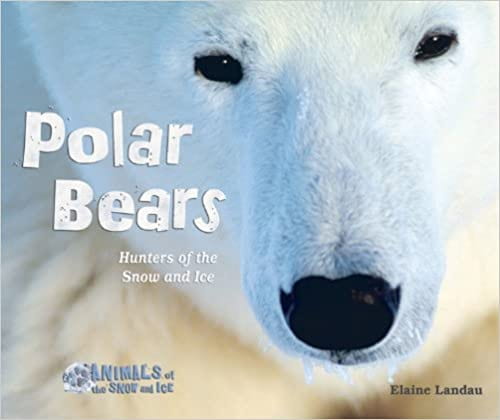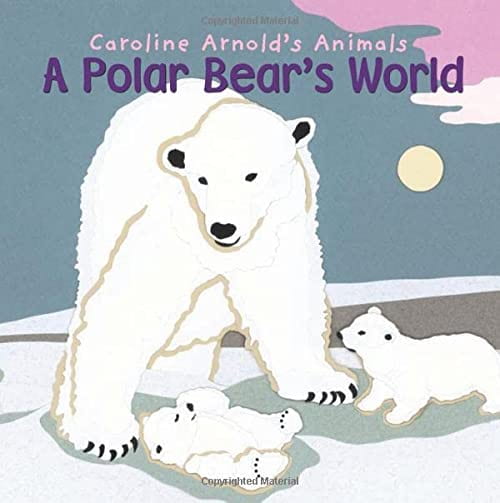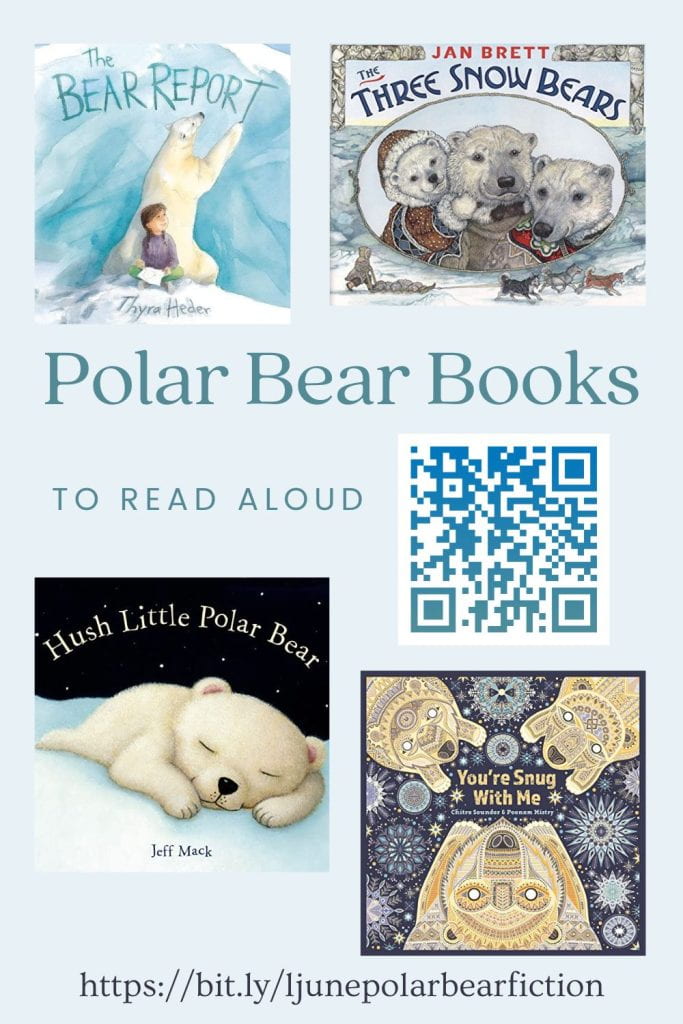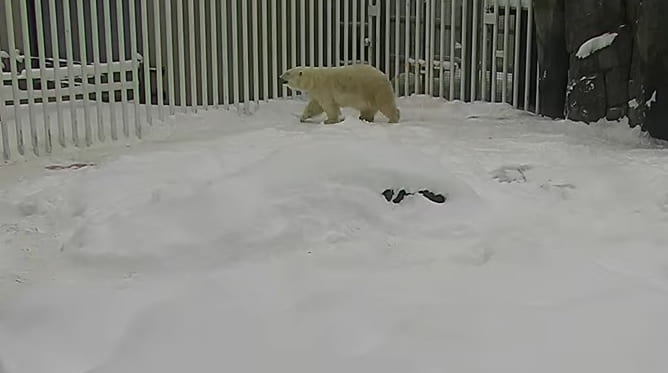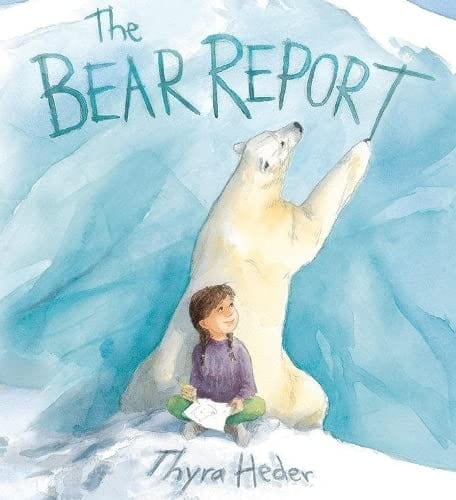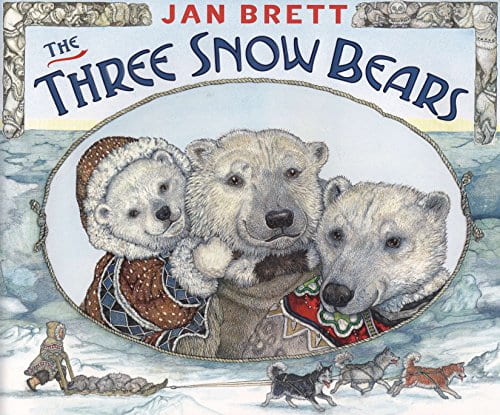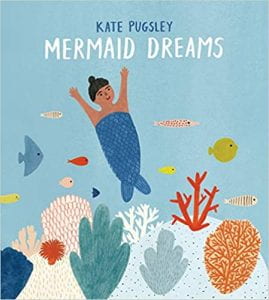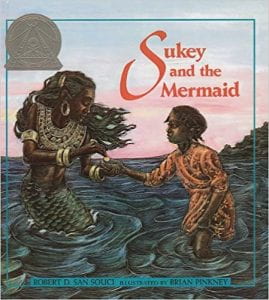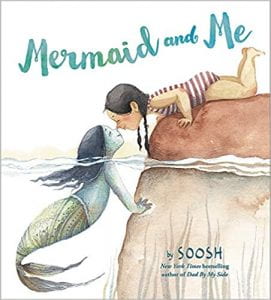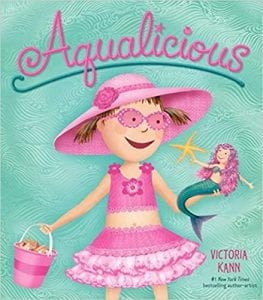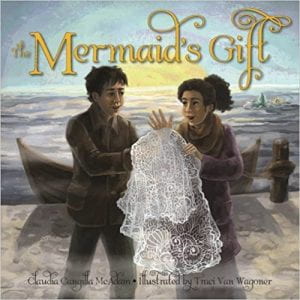Spring Gardens!
Nothing screams SPRING like vegetable and flower gardens sprouting and blooming and calling us outdoors! Here in the south we don’t watch for snow to melt; we watch for tiny shoots and buds to appear as the nights shorten and the days lengthen and the sun sends its newly warming rays over the earth.
Here are some books from my library collection that I like to use with students that celebrate gardens, whether real, imaginary, or metaphorical. Click on the book titles to look inside and/or purchase. As an Amazon associate I earn a small commission on your purchase at no additional cost to you.
 Muncha! Muncha! Muncha! by Candace Fleming, illustrated by G. Brian Karas
Muncha! Muncha! Muncha! by Candace Fleming, illustrated by G. Brian Karas
Mr. McGreely is so pleased with his vegetable garden, but pleasure turns to dismay, then frustration, then fury when three determined bunnies start stealing his crops. How far will he go to thwart the energetic bunnies, and how many ways can they find to outwit him? This book is an absolute favorite of mine, and it never fails to get a positive reaction during story time. Students will enjoy reciting the cumulative refrain with you as you read. Sequels include Tippy, Tippy, Tippy, Hide and Tippy, Tippy, Tippy Splash. Copyright 2002, starred reviews from Booklist, Kirkus, Publisher’s Weekly, and School Library Journal
- Classroom Guide from the author
- Activity Guide
- Have students brainstorm other ways the farmer could keep the bunnies out of the garden and then draw their designs as blueprints or illustrations
- Pair this title with Those Darn Squirrels by Adam Rubin, which chronicles Old Man Fookwire’s desperate efforts to keep the squirrels out of his birdfeeders
 In a Garden by Tim McCanna, illustrated by Aimee Sicuro
In a Garden by Tim McCanna, illustrated by Aimee Sicuro
Rhyming books can be hit or miss, and this one is definitely a hit! McCanna includes dozens of insects and plants in his text, and the soft watercolor illustrations allow the reader to see what the narrator does not. The author’s note discusses the history of gardening. Copyright 2020, starred review from School Library Journal
- Enjoy this video of the author reading the book aloud, visiting a real garden, and singing
- Have students research the animals mentioned in the text and write “fun facts” on sticky notes to place in the book
 Have You Ever Seen a Flower? by Shawn Harris
Have You Ever Seen a Flower? by Shawn Harris
This book goes far beyond a surface examination of a flower and takes readers on a journey involving all five senses, and pushes them to explore a deeper experience beyond what they can see with their eyes. From the publisher: “Looking at a flower teaches us to look at everything around us, to expand our perception, and to question what it means to see and be.” Copyright 2021, Caldecott Honor Book, starred review from Publisher’s Weekly.
- Use these additional resources with the book
- Follow the steps in this art activity for students to create collage garden art of their own (Although I would use crayons instead of paint!)
- Take students outside with sidewalk chalk to create their own gardens
- Share this video of the author reading the book aloud and then demonstrating how to make stencils to create art
 The Imaginary Garden by Andrew Larsen, illustrated by Irene Luxbacher
The Imaginary Garden by Andrew Larsen, illustrated by Irene Luxbacher
When Poppa has to move to an apartment, he and his granddaughter Theo miss the garden they used to tend together. His balcony is unfortunately too windy for real flowers but he has a solution: an imaginary garden. The two happily use paint and brushes to create an imaginative mural bursting with bold, bright colors (in stark contrast to the spare pen-and-ink look of the apartment building). This book is much a celebration of intergenerational relationships as it is of gardens. Copyright 2020, starred reviews from Booklist and Book Links.
- Use these Storytime Suggestions
- Tape a large piece of bulletin board paper to the wall and allow students to add their own garden elements to it using markers, crayons, or paint
- Pair this book with Caldecott Honor Book The Gardener by Sarah Stewart, another tale of a child creating a garden in a limited apartment space
 If You Plant a Seed by Kadir Nelson
If You Plant a Seed by Kadir Nelson
Let me say up front that Kadir Nelson is one of my favorite illustrators, so any book by him is likely going to appeal to me. In this lush picture book, he uses the garden as a metaphor for “reaping what you sow” in terms of the way you treat others. The rabbit and mouse plant their vegetable seeds and delight in their harvest, but turn selfish when various hungry birds want to partake. In a happy ending, the animals choose to cooperate with kindness to create a bigger garden, with food for all. Copyright 2015, starred review from Publisher’s Weekly.
- Download this book guide
- Use these additional resources
- Try one of these follow-up activities
- Pair this book with Bader’s Perfect Garden by Marsha Diane Arnold to compare and contrast how friends can encourage and support one another through a shared activity like gardening
 Rabbit and Squirrel: a Tale of War and Peas by Kara LaReau, illustrated by Scott Magoon
Rabbit and Squirrel: a Tale of War and Peas by Kara LaReau, illustrated by Scott Magoon
Silliness abounds when rabbit and squirrel begin accusing each other (falsely, as the reader can see) of stealing vegetables from the other’s garden. The squabble escalates into full-on war, until both are banished to the woods. The open ending is a nice starting point for a discussion on misunderstandings, and making peace after a disagreement.
What are your favorite spring garden books? Please share in the comments!











